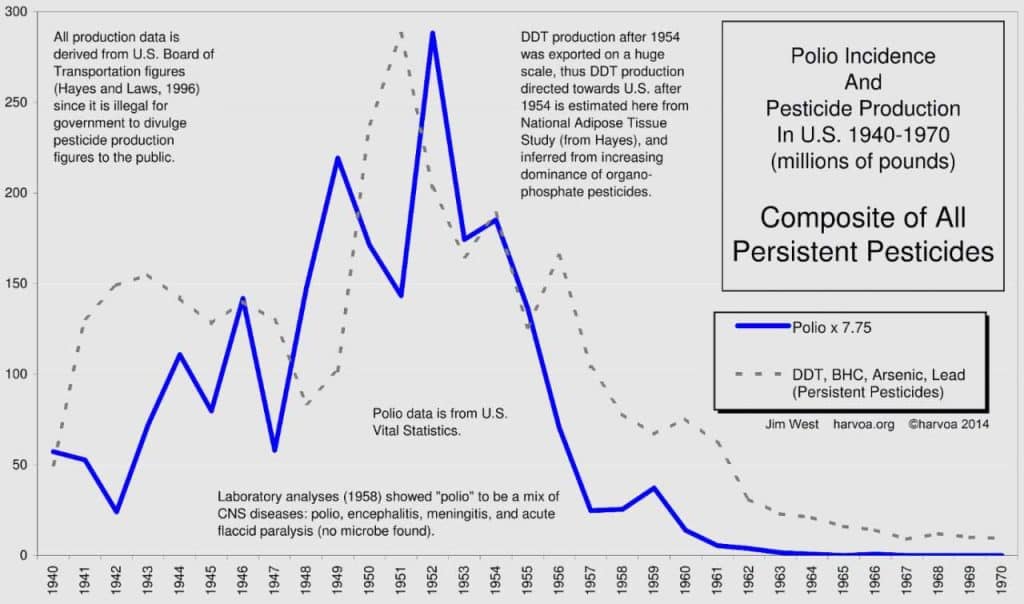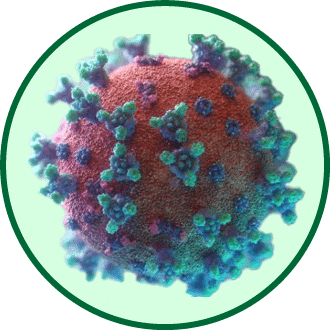Lesson 6 - Strengthening Cardiovascular Health
Whether you have recently recovered from COVID-19 or wish to proactively protect your cardiovascular health, this lesson will equip you with the knowledge and tools to make informed decisions and take positive steps towards a healthier future.
Remember, your health is your most valuable asset, and by investing in it, you are investing in a stronger, more resilient you.
Let's embark on this journey together and discover the power of prioritizing cardiovascular health in the face of COVID-19.
In order to maintain a healthy cardiovascular system, it is important to adopt and maintain a healthy lifestyle.
Let's review some some key areas to focus on. You may recognize some of these from previous lessons but they apply here as well, so repetition will help you remember to add them if you haven't already.
1. Regular Exercise: Engaging in regular physical activity is crucial for cardiovascular health.
This can include activities such as brisk walking, jogging, swimming, cycling, or dancing.
Depending on your health condition, we understand that physical activity may be difficult.
The main thing you need to do in the early stage of your recovery is to move your lymphatic fluid.
This is necessary to help remove harmful toxins and spike proteins from your body.
For people who have restricted movement, standing on a vibrating pad can help to simulate walking.
This benefits your muscles and only takes a few minutes.
One minute on a vibrating pad is equivalent to six minutes of walking.
Begin with two or three minutes and see how your legs feel.
Then try to increase to 10 minutes once or twice a day.
2. Balanced Diet: Eating a well-balanced diet is essential for maintaining a healthy cardiovascular system.
Focus on consuming a variety of fruits, vegetables, whole grains, lean proteins, and healthy fats.
Limit your intake of saturated and trans fats, cholesterol, sodium, and added sugars.
Incorporate foods rich in omega-3 fatty acids, such as fatty fish (salmon, mackerel, trout), flaxseeds, and walnuts, as they have been shown to promote heart health.
3. Manage Weight: Maintaining a healthy weight is important for cardiovascular health.
Excess body weight, especially around the waist, can increase the risk of heart disease.
Engage in regular physical activity and follow a balanced diet to achieve and maintain a healthy weight.
4. Avoid Smoking: Smoking and vaping are major risk factors for cardiovascular disease.
Quitting smoking is one of the best things you can do to improve your cardiovascular health.
Seek help and support if needed, as quitting smoking can be challenging for some individuals.
5. Manage Stress: Chronic stress can have a negative impact on cardiovascular health.
Find healthy ways to manage stress, such as practicing relaxation techniques (deep breathing, meditation, yoga), engaging in hobbies, spending time with loved ones, or seeking professional help if needed.
6. Limit Alcohol Consumption: Excessive alcohol consumption can contribute to high blood pressure and other cardiovascular problems. If you choose to drink alcohol, do so in moderation.
A person weighing 200 lbs or 90 kgs, should limit their intake to no more than two standard drinks per day.
While a person weighing 140 lbs or 60 kgs, should limit their intake to no more than one standard drink per day.
The best results will be achieved if you can avoid alcohol altogether. Your progress speed is up to you.
7. Regular Health Check-ups: Regularly visiting your healthcare provider for check-ups is important for monitoring your cardiovascular health.
They can assess your blood pressure, cholesterol levels, and overall cardiovascular risk.
Follow their recommendations for preventive screenings and interventions.
By incorporating these lifestyle changes into your daily routine, you can strengthen your cardiovascular health and reduce the risk of developing heart disease or related complications.
Here are some case studies to provide examples of how you can strengthen your cardiovascular health.
Unfortunately, sometimes the cure is worse than the disease and this has turned out to be the case with COVID-19.
The technology used in the vaccines actually puts them in a different category of "genetic modification therapy" and therefore informed consent was not given to people and the first medical rule of "do no harm" was not followed.
It also appears that different quality vaccines were used for safety trials and mass distribution to get approval and then cut costs, resulting in harmful adverse events worldwide.
As a result, we see a growing number of young victims who where never at risk of serious illness from COVID-19.
mRNA cellular damage resulted in myocarditis swelling of the heart muscle as recognized in this medical publication.
ARTICLES| NOVEMBER 01 2021
COVID-19 Vaccination–Associated Myocarditis in Adolescents
OBJECTIVES
In this study, we aimed to characterize the clinical presentation, short-term prognosis, and myocardial tissue changes as noted on cardiovascular magnetic resonance (CMR) or cardiac MRI in pediatric patients with coronavirus disease 2019 vaccination-associated myocarditis (C-VAM).
METHODS
In this retrospective multicenter study across 16 US hospitals, patients <21 years of age with a diagnosis of C-VAM were included and compared with a cohort with multisystem inflammatory syndrome in children. Younger children with C-VAM were compared with older adolescents.
RESULTS
Sixty-three patients with a mean age of 15.6 years were included; 92% were male.
All had received a messenger RNA vaccine and, except for one, presented after the second dose.
Four patients had significant dysrhythmia; 14% had mild left ventricular dysfunction on echocardiography, which resolved on discharge; 88% met the diagnostic CMR Lake Louise criteria for myocarditis.
Myocardial injury as evidenced by late gadolinium enhancement on CMR was more prevalent in comparison with multisystem inflammatory syndrome in children.
None of the patients required inotropic, mechanical, or circulatory support. There were no deaths.
Follow-up data obtained in 86% of patients at a mean of 35 days revealed resolution of symptoms, arrhythmias, and ventricular dysfunction.
CONCLUSIONS
Clinical characteristics and early outcomes are similar between the different pediatric age groups in C-VAM. The hospital course is mild, with quick clinical recovery and excellent short-term outcomes.
Myocardial injury and edema are noted on CMR. Close follow-up and further studies are needed to understand the long-term implications and mechanism of these myocardial tissue changes.
For parents who thought they were doing the right thing in telling their children to get vaccinated against COVID-19 based upon medical guidance from trusted government authorities and regulatory agencies, perhaps next time you might want to think twice and do your own research.
As a guide we've attached an introductory chapter of a book well worth purchasing to get a better idea of the potential harms of vaccinations as a preventative treatment.
World-renowned Professor Sucharit Bhakdi explained the COVID-19 testing flaws in a very easy to understand way.
The PCR test is actually a Nobel Prize winning method of manufacturing enough of something small so that it can be analyzed.
Each "cycle" doubles the amount of the sample. In the case of SARS-COV-2 which is the alleged virus responsible for the illness COVID-19, samples were put through a PCR system with higher than normal cycles resulting in many false positive results.
Professor Bhakdi explains if you consider 1 dollar as a complete intact virus able to do you some harm and put it through the PCR magnification process 20 cycles you will get 1 million dollars and this can trigger a positive test result, indicating that the sample taken from a sick person actually did contain some of the harmful thing that could cause illness.
However, if you start with 1 cent, representing a tiny broken fragment that would simply be discarded in normal waste removal and poses no threat to health, then magnify it using 27 cycles you get 1 million dollars and a false positive test result.
In the case of COVID-19 the standard magnification worldwide that was recommended by the United Nation's World Health Organization, WHO, and regulatory agencies like CDC, FDA and NIH was 40+ cycles in most countries.
This created a false positive rate among healthy people of over 95% and was given a new category name "asymptomatic" meaning without symptoms.
Normally if you went to your doctor without any symptoms of illness he would tell you that you are healthy.
However, with the magic of a flawed testing procedure it was possible to create a global false alarm for COVID-19.
This promoted the use of experimental vaccines worldwide, which were in many cases mandated to avoid loss of work or freedom of movement.
Gene-based vaccines received emergency approval at lightning speed to combat a virus that is no more dangerous than influenza.
Immunology expert Professor Bhakdi wrote a book Corona Unmasked that is recommended reading.
He explains there is now clear evidence that people can become severely ill and die from these vaccinations.
The professor says, "No real-world benefit of vaccination has ever been shown."
Could this really be true?
This might be hard for people to believe if they have received many vaccinations and made sure their children followed the government health schedule.
We had this experience with our families as well.
However, upon close examination, none of the childhood vaccines have been properly safety tested.
Vaccine promoters often use the story of how polio was eradicated with a vaccine.
Is this fact or fiction?

This chart show how the increased use of pesticides in the United States resulted in symptoms that were attributed to Polio.
Laboratory analyses in 1958 show "polio" to be a mix of a number of diseases including encephalitis, meningitis, and acute flaccid paralysis, but no microbe was found.
Then as the use of pesticides decreased, so did the incidence of polio, before any vaccines were available.
In fact, when the Polio vaccine was distributed to children it contained SV40 monkey cancer, which is attributed to the growing incidence of cancer later in life.
Bhakti concludes that until reliable and convincing data are available, this high-risk human experiment must not be allowed to continue.
To sum up this lesson, remember, strengthening cardiovascular health requires a multifaceted approach.
By staying informed and taking proactive steps, we can work towards relieving the discomfort and pain caused by COVID-19.
Thank you for participating in lesson 6 - Strengthening Cardiovascular Health.
We hope that the knowledge you have gained will contribute to your recovery and overall well-being.
Please update your Personal Progress Profile, and note any changes to the symptoms you are experiencing and rate their severity from 1 to 10.
Make a note of any new recommendations from this lesson that you are able to add to your daily or weekly routine.
Remind yourself of your goals... say them out loud...
I'm on a mission to regain my health! I'm going to be okay!
Now smile and hold the positive image in your mind.
When you accomplish your health recovery mission we are going to celebrate!

